All rights are reserved under the copyright of Yasuyuki Ayukawa (2023)
I am visiting companies challenging the global market with Japanese skills, Japanese quality, and Japanese craftmanship based on the tradition. I don’t know if the world has overtaken Japan or if Japan has declined, but in recent years, it is said that Japan’s position in the world is declining in various parts such as economy, society, and the quality of life. But is it really so? Japan still has world-class technology, traditions, and culture, and the value of these has been recognized in other parts of the global market thanks to the efforts of many companies pioneering the market in many countries. Furthermore, there are also new companies taking on the challenge with products and technologies, with their confidence and pride, to the world. In this series, I would like to introduce how such companies are challenging the global market.
In these new series of issues,
I am introducing
the vital actions
of entrepreneurs
in Saga, Kyushu – west end of Japan.
The approach is, again,
how to
get into
overseas market.
This time
I would like to introduce
Mitsutake Brewery.
(https://www.kinpa.jp)
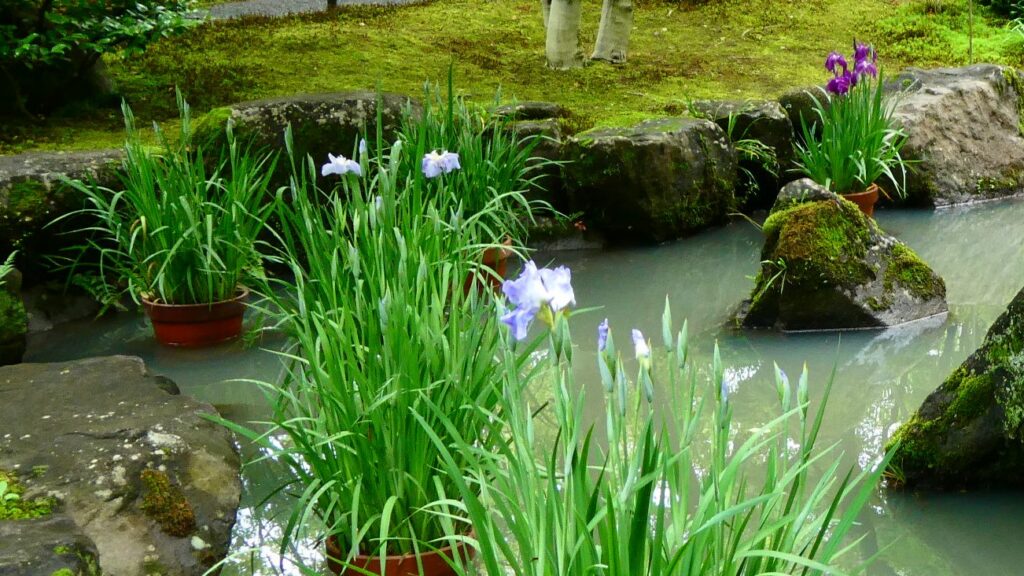
Mitsutake Brewery, the oldest sake brewery in Saga, has been brewing since the Genroku era in Edo (1603-1868), and about 25 years ago, Mitsutake Brewery acquired something. That is shochu production technology.
So, at that time, Mitsutake Brewery acquired capital in a shochu manufacturer in Takeo City, Saga, acquired shochu production facilities and started to produce Otsu grade shochu.

Initially, the shochu was barley ones, but Mitsutake Brewery tried to combine the original manufacturer’s production technology with
their own original research results to upgrade the production techniques,
Then, Mitsutake Brewery finally developed the sweetpotato, instead of barley, shochu liqueur with a unique aroma thank to using black malted rice,
Before the launch of the sweetpoto shochu, the name of the brand was publicly solicited from liquor shops,
Then, it was named,
“Makai eno Izanai”, meaning
“Invitation to the Demon’s World”.
Just after its launch, unprecedented shochu boom comes out.
Sales of the newly launched “Makai eno Izanai” ‘greatly increased,
Thanks to these new sales, Mitsutake Brewery was ranked among the top 40 sake breweries in Japan.
The project that propelled “Makai eno Izanai” into the national stage was a collaboration with an animation series.
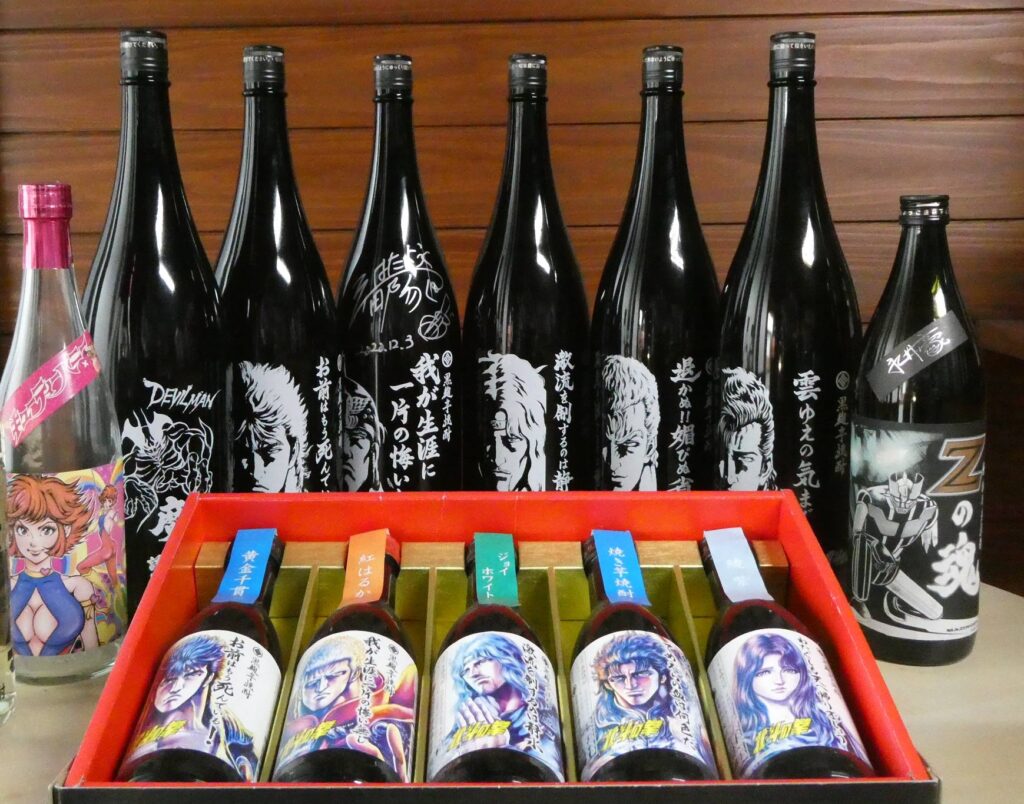
Originally, Mitsutake Brewery got
Go Nagai’s acquaintance, and the collaboration with “Devil Man” was born.
After that, as I’m sure you all know,
The brewery also made a series of manga, “Hokuto no Ken”.
It became such a boom that it was called in Japan, “the last big hit of the Heisei era in the sake brewing industry”.
Today, Mitsutake Brewery’s “Makai eno Izanai” has become a certain and firm position in the very competitive shochu industry in Japan.
The company’s overseas expansion began in 2005, when it started exporting,
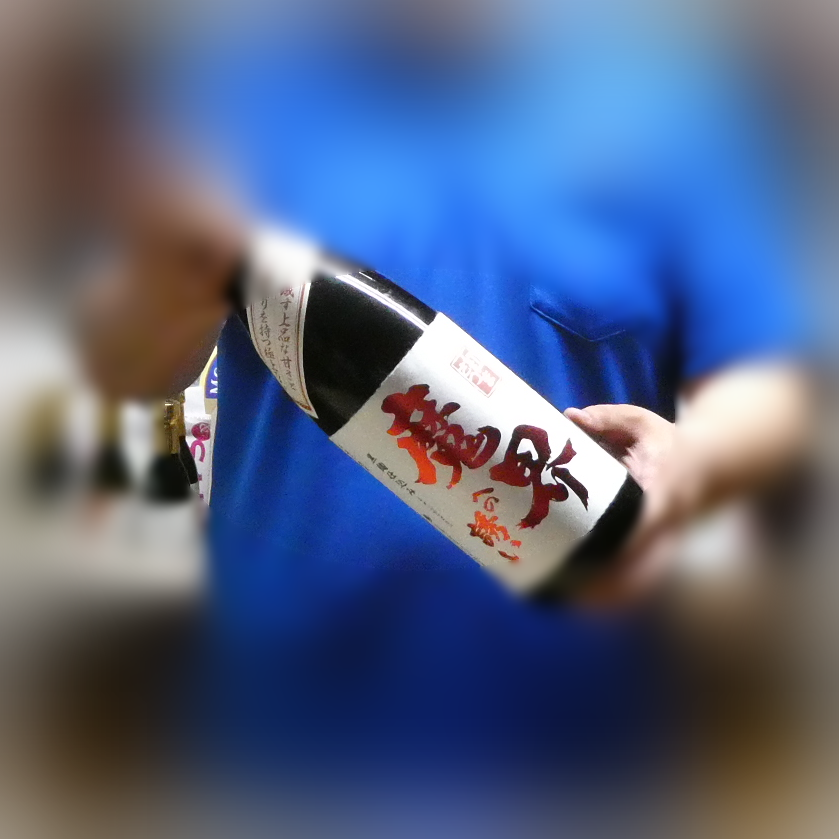
At the time, Mitsutake Brewery was at the mercy of wholesalers and was frustratedly unable to achieve any significant results.
In this situation, Mr Kunihiro Mitsutake returned to Mitsutake Brewery 10 years ago, and as mentioned before, he started energetically to move around the different markets in the world to leverage the exports,
In 2019, before COVID-19, Mitsutake Brewery was able to expand the business areas to 17 countries and regions in the world, including Thailand, Australia, China and Hong Kong.
Mitsutake Brewery’s exports have just been in full swing in the last decade or so, as described above.
Mitsutake Brewery was obviously later comer in the markets of sake outside Japan, and therefore, could have never compete in the markets with “me-too” approach.
So, Kunihiro-san entered the overseas markets with strategy focusing on Mitsutake Brewery’s strength, with is “Makai eno Izanai”, a sweetpotato shochu by black malted rice.
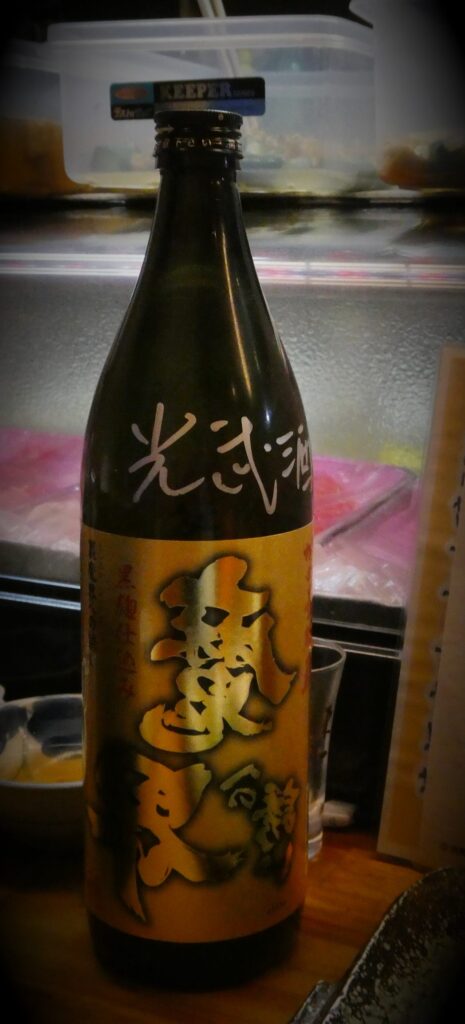
The first concentrating market was Asia, and moreover, targeting expatriates from Japan, where there are many Japanese companies with considerable population of Japanese expatriates.
Actually sweetpotato shochu is now a typical distilled spirit in Japan, but it is not easy to sell it abroad.
There are of course many customs of drinking spirits abroad.
Typical examples include Italian grappa, German schnapps, Scandinavian aquavit and Chinese baichu (white liquor).
And people there enjoy such spirits not diluting, with alcoholic contents between 45 and 60 %;
it is unlikely to do in Japan where liquors and spirits are very often served with water and/or ice.
Shochu, on the other hand, has alcoholic content at 25%, which is considerably lighter than these spirits.
So, it may seems insufficient, to the people in countries where these spirits are enjoyed just as it is.
On the contrary of such low alcoholic content, sweetpotato shochu has an impact of aroma from sweetpotato; it may give such people feeling which is not so well balanced.
(In fact, potato shochu has 50% alcoholic content just after distillation, but in order to call itself a shochu liqueur, it needs to dilute with water less than 45%.)
However, aside from a starting point, in order to develop it in the overseas market in earnest, it still has to make it popular amongst the local population.
Therefore, in order to sell to the local people, Mitsutake Brewery has been promoting it as “shochu and soda” in Asian countries, and this has been gaining ground in China and other countries.
The Asian market is very sensitive to Japanese sub-cultures.
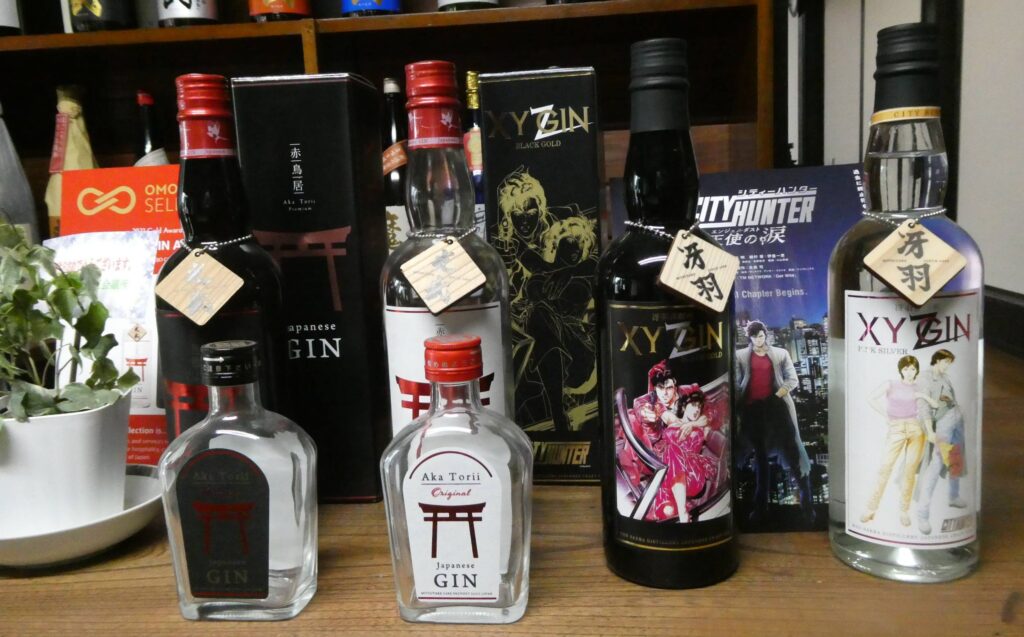
Mitsutake Brewery has a policy of no exclusive distribution policy in selling “manga collaboration” products such as the “Hokuto no Ken” series, which basically means that the distributors who want to sell the product sell it.
While Mitsutake Brewery, In principle, the normal sales channel is one company per country and region,
In the case of several companies, the routes are divided by item,
It has been likened to a fireworks display, and while it is by no means a long-lasting hit, in the short term it has had a reasonable impact on sales, and as the results, shochu came to made up 80% of export sales recently.
Meanwhile, after consolidating the Asian market in this way, Mitsutake Brewery finally entered the European and US markets in earnest,
Mitsutake Brewery started to see results from around 2018-2019.
Here, Mitsutake Brewery also had to first penetrate the local markets,
At the entrance to the market, Mitsutake Brewery took sake to knock their doors, not shochu, as their main product.
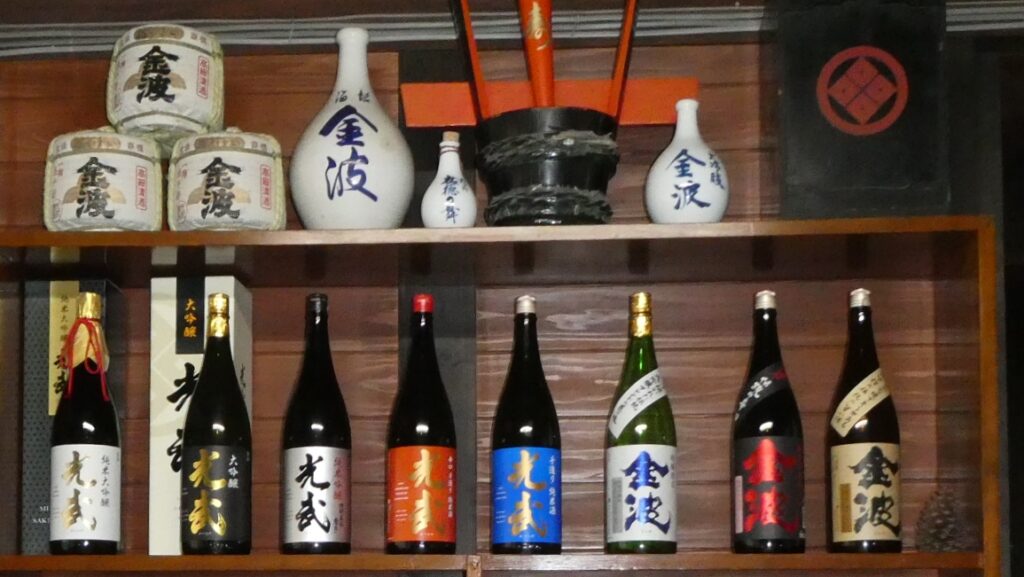
Since the market there is a wine-drinking culture,
The idea of promoting sake as a beverage in dining did not sit well with Kunihiro-san.

So, Kunihiro-san decided to promote their sakes in those markets, as those to be often served as an aperitif, with an apple or orange cocktail base, in bars and restaurants.
In this case, shochu is not recommended to drink with soda, as in Asian countries, but to be served with hot water.
These are the ways how Mitsutake Brewery has created markets in Asia and Europe.
And how does Mitsutake Brewery practically work on those Asian, Europe, and US markets?
I will delve deeper into this in the next edition.
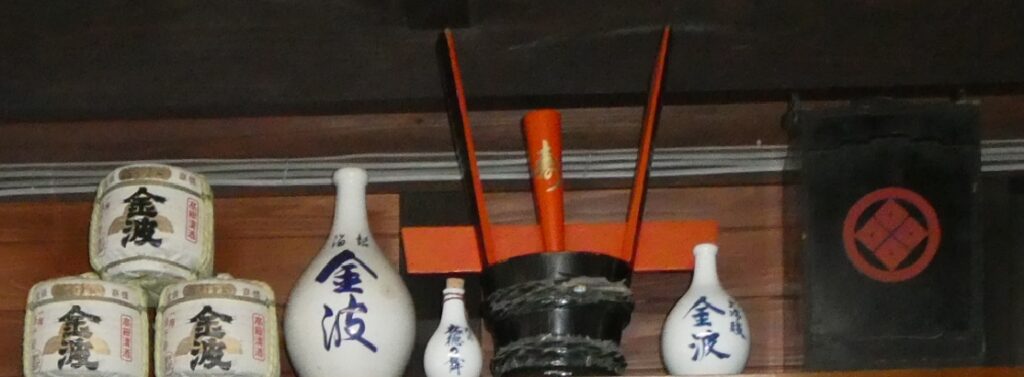
All rights are reserved under the copyright of Yasuyuki Ayukawa (2023)